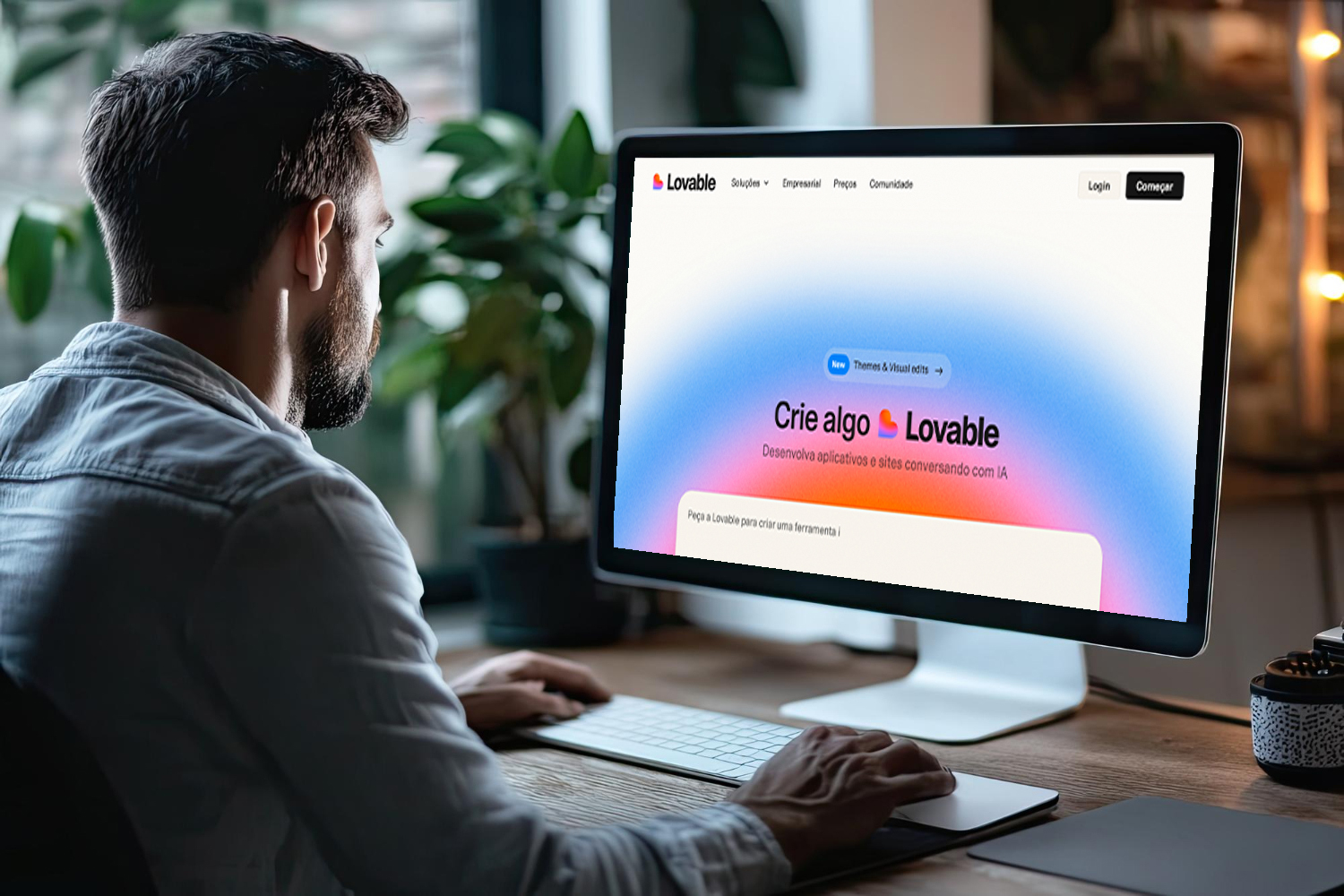
In today’s world, digital competition is fierce.
That’s why, for your brand to stand out, having a good offer isn’t enough — it’s essential to have a well-defined bidding strategy, or bid strategy.
In this article, we’ll explore what a bid strategy is, how it impacts the performance of your campaigns, and how Branddi can be an essential partner in helping you achieve even better results. Shall we?
What is a bid strategy?
A bid strategy is the set of guidelines you define to determine how you’ll bid on paid ads — whether on Google Ads, Facebook Ads, or other platforms.
Basically, it’s a way to maximize your return on investment (ROI) from advertising campaigns, ensuring that every dollar spent helps you reach your goals.
If you're wondering why this is so important, the answer is simple: a well-structured bidding strategy helps you control your budget while allowing you to focus on the results that really matter to your brand.
Here at Branddi, we know that every business has its own needs — and the bid strategy should reflect that. That’s why choosing the ideal strategy depends on factors such as the type of product or service, audience profile, and of course, the specific goal of each campaign.
Types of bid strategy
There are several approaches you can take when defining your bidding strategy. Let’s explore the most common ones:
Cost Per Click (CPC)
CPC is one of the most widely used bidding strategies. With this approach, you set the maximum amount you're willing to pay for each click on your ad. It's ideal for campaigns aimed at increasing traffic to your website.
With CPC, you can adjust your bids based on performance, ensuring you stay within budget.
It’s a great option for those focused on attracting qualified visitors and increasing site traffic. However, it’s essential to monitor the average cost per click, budget, and click-through rate (CTR) to ensure you’re getting the best possible results.
Cost Per Thousand Impressions (CPM)
The CPM strategy focuses on impressions rather than clicks. That is, you pay a fixed amount for every 1,000 times your ad is displayed. This approach is effective for branding campaigns, where the goal is to increase brand visibility.
When using CPM, it’s important to monitor the CTR to ensure your message is resonating with your audience.
It’s especially useful for brands that want to strengthen their presence and increase recognition among their target audience. For companies launching a new product or campaign, CPM enhances exposure and helps build authority.
Cost Per Acquisition (CPA)
CPA focuses on the cost of acquiring a customer. In other words, instead of paying for clicks or impressions, you define how much you're willing to spend to obtain a conversion — like a sale or lead. This approach is excellent for campaigns focused on direct results, allowing for more precise control over acquisition costs.
With CPA, the goal is to ensure the cost per conversion doesn't exceed the value that customer brings to your business. E-commerce businesses, for example, can use CPA to optimize their campaigns and ensure the cost of acquiring each new customer aligns with the expected return.
Maximize Conversions
This strategy automates your bids to maximize the number of conversions within your budget. It's an excellent choice for those who want to simplify campaign management, as the platform automatically adjusts bids based on conversion opportunities.
The maximize conversions strategy is ideal for companies with clear goals that want ad platforms to optimize bidding automatically. Still, it's important to monitor results to ensure the budget is being used efficiently.
Maximize Conversion Value
If your goal is not only to increase the number of conversions but also their total value, this strategy is ideal. With maximize conversion value, bids are automatically adjusted to achieve the highest possible financial return within your budget.
This approach is especially valuable for businesses with varying price points that want to attract higher-value customers.
The importance of ad optimization
A well-defined bid strategy is just one part of the equation. To truly maximize results, you also need to focus on ad optimization — which includes testing different creatives, adjusting targeting, and monitoring campaign performance.
Optimization Tips:
- A/B Testing: Try different versions of your ads to see which performs best. Test variations in copy, visuals, and calls-to-action;
- Accurate targeting: Ensure your audience is well defined. Use the targeting tools available on ad platforms to reach the right people;
- Bid adjustments: Monitor ad performance and adjust bids as needed. If an ad is generating good conversions, consider increasing your bid to boost exposure;
- Data analysis: Use analytics tools to track campaign performance. Understanding user behavior is crucial for refining your strategy;
- Message personalization: Ads that speak directly to the audience tend to perform better — always tailor your message accordingly.
How to define an effective bid strategy?
Creating an effective bid strategy involves a few crucial steps. These include:
Set clear goals
Before defining your bidding strategy, it’s essential to know what you want to achieve. Your goals might include increasing website traffic, generating leads, or boosting sales. Remember: knowing what you want is the first step in choosing the right bid strategy.
Know your audience
Understanding who your target audience is plays a key role in a successful bid strategy. Conduct research to identify your customers’ preferences and behavior.The more you know about them, the better you can tailor your campaigns.
Evaluate your budget
Define a clear budget for your ad campaigns. This will help determine the most appropriate bidding approach.Keep in mind that an effective bid strategy must always align with your available budget.
Choose the right bidding strategy
Based on your goals, audience, and budget, select the bidding strategy that best suits your needs. Don’t be afraid to experiment with different approaches until you find the one that works best for you.
Continuous monitoring and adjustments
After implementing your bid strategy, the work doesn’t stop. Ongoing monitoring is crucial to your campaign’s success.Track your ad performance regularly and be prepared to make adjustments as needed.
As we’ve discussed throughout this article, an effective bid strategy is an essential part of any successful advertising campaign.
Understanding the different bidding models, optimizing your ads, and constantly monitoring performance can help you maximize your results.
And that’s where Branddi comes in: we can protect your campaigns, ensuring that third parties don’t take advantage of your results. We’re always by your side to safeguard your digital presence and make sure your message reaches the right audience — the right way.
Get in touch with the Branddi team!
Pronto para blindar sua marca?
Não deixe seus clientes caírem nas garras de concorrentes, golpistas e aproveitadores.



